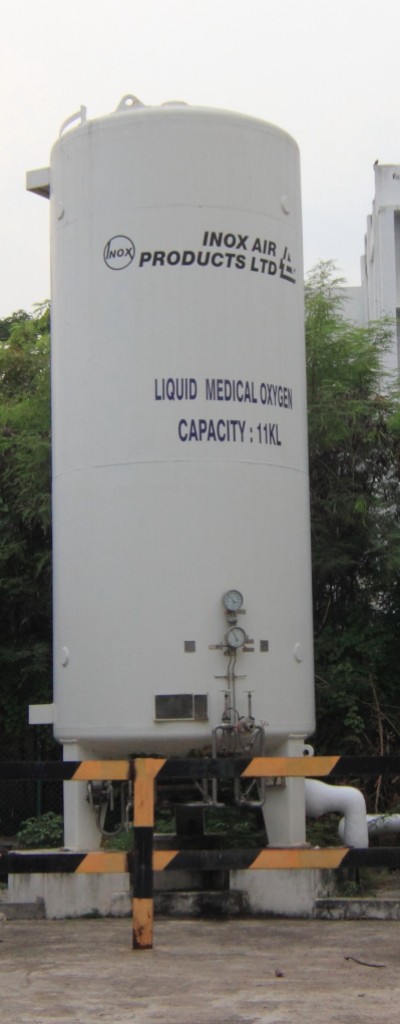Among the atmospheric gases oxygen plays the most important part sustaining most terrestrial lives. There are various other applications of oxygen notably industrial, medical & in recreational activities.
Almost 55% of commercially produced oxygen in used in smelting of iron ore into steel, another 25% used to create ethylene oxide and remaining used in medical applications, welding cutting, water treatment and in rocket fuel.
Oxygen is stored and transported in compressed and liquefied form. Though not a flammable gas oxygen assist fire and increase the possibility of fire in higher concentration. Liquid oxygen is much more dangerous than compressed oxygen. Liquefied oxygen when released may cause fire or explosion upon contact with combustible materials. If it comes in contact with grease or oils the reaction may be very violent. Frostbite is another hazard dealing with liquid oxygen due to its extreme low temperature.
IMDG Code lists oxygen as below
- OXYGEN, COMPRESSED – Class 2.2 – UN Number 1072
- OXYGEN, REFRIGERATED LIQUID – Class 2.2 – UN Number 1073


 WhatsApp your queries
WhatsApp your queries